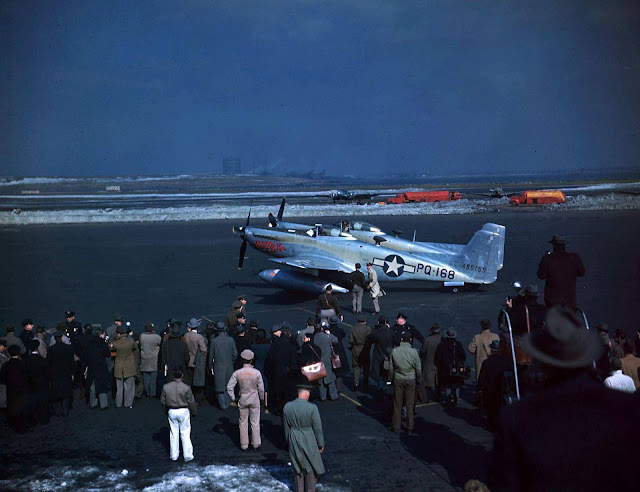Photo of a German Condor Legion Volunteer in Spain
On 27th July, 1936, Adolf Hitler sent the the Spanish Nationalists 26 German fighter aircraft. He also sent 30 Junkers 52s from Berlin and Stuttgart to Morocco. Over the next couple of weeks the aircraft transported over 15,000 troops to Spain. The fighter aircraft soon went into action and the Germans suffered their first losses when airmen Helmut Schulze and Herbert Zeck were killed on 15th August.
In September 1936, Lieutenant Colonel Walther Warlimont of the German General Staff arrived as the German commander and military adviser to General Francisco Franco. The following month Warlimont suggested that a German Condor Legion should be formed to fight in the Spanish Civil War.
The initial force consisted a Bomber Group of three squadrons of Ju-52 bombers; a Fighter Group with three squadrons of He-51 fighters; a Reconnaissance Group with two squadrons of He-99 and He-70 reconnaissance bombers; and a Seaplane Squadron of He-59 and He-60 floatplanes.
Adolf Hitler hoped this would not be necessary as General Francisco Franco claimed he was on the verge of victory. This prediction proved to be wrong and in November the International Brigades and aircraft and tanks from the Soviet Union began arriving in Madrid.
Hitler now gave permission for the formation of the Condor Legion. The initial force consisted a Bomber Group of three squadrons of Ju-52 bombers; a Fighter Group with three squadrons of He-51 fighters; a Reconnaissance Group with two squadrons of He-99 and He-70 reconnaissance bombers; and a Seaplane Squadron of He-59 and He-60 floatplanes.
The Condor Legion, under the command of General Hugo Sperrle, was an autonomous unit responsible only to Franco. It was initially equipped with around 100 aircraft and 5,136 men. The legion would eventually total nearly 12,000 men. Sperrle demanded higher performance aircraft from Germany and he eventually received the Heinkel He111, Junkers Stuka and the Messerschmitt Bf109. It participated in all the major engagements including Brunete, Teruel, Aragon and Ebro.
The Condor Legion participated in all the major engagements including Brunete, Teruel, Aragon and Ebro. During the war Werner Moelders was credited with fourteen kills, more than any other German pilot.
In the Asturias campaign in September 1937, Adolf Galland experimented with new bombing tactics. This became known as carpet bombing (dropping all bombs on the enemy from every aircraft at one time for maximum damage). German aircraft dropped 16,953,700 kilos of bombs during the war and air units expended 4,327,949 rounds of machine-gun ammunition.
A total of 19,000 Germans served in the Spanish Civil War. Of these, 298 were lost, with 173 being killed by the enemy. This included 102 aircrew, 27 fighter pilots and 21 anti-aircraft crew. A large number were killed in accidents and others died of illness. The Condor Legion lost 72 aircraft to enemy action. Another 160 were lost in flying accidents.
Source :
https://www.passionmilitaria.com/t51197-la-legion-condor
https://spartacus-educational.com/SPcondor.htm

































































